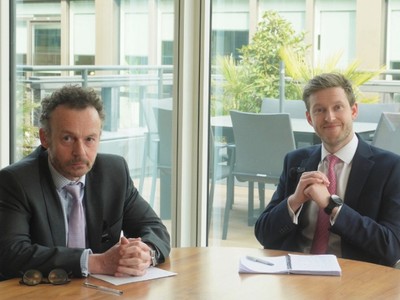We all know that monetary easing has to come to an end. The real question is when will interest rates start to rise again? Last week saw the Governor of the Fed, Janet Yellen, deliver an important statement to Congress. Analysts pored over the rhetoric to try to determine what the central bank may have in store for markets. On this occasion the tone was distinctly dovish.
At the back of the minds of these policy makers will be the lesson learned from earlier decisions. A recent much quoted example relates to monetary tightening in the 1930s after the economy had staged a recovery following the Great Depression. Then the increase in interest rates suffocated the economic improvement. There is much concern that the same could happen today, given the fragile nature of the recovery and the many problems that exist elsewhere in the world.
So markets took heart from a clearly cautious Federal Reserve Bank and a budget here that suggested the worse of austerity could be behind us. But there are the odd flies in the ointment. Greece remains an issue, with cash there likely to run out next month if more help is not forthcoming from its Eurozone partners, while today’s inflation figures do provide some food for thought.
While a small rise in the cost of living is generally considered a good thing, falling prices most definitely are not. On the government’s preferred measure, the Consumer Price Index, we have reached zero inflation. The Retail Price Index is a little higher at +1%, just a tad down from last month. There will be those who consider a modest uptick in the future to be desirable. We will have to wait and see.



